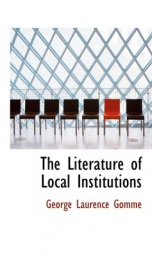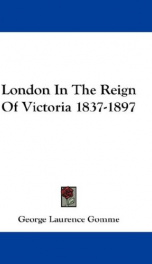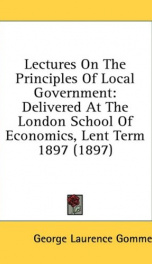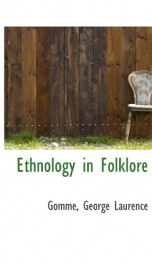london

Purchase of this book includes free trial access to www.million-books.com where you can read more than a million books for free. This is an OCR edition with typos. Excerpt from book: CHAPTER III ROMAN ORIGINS The beginnings of London as a city are to be found in Roman, not Celtic, London, and though the remains of Roman London lie some fifteen feet below the modern surface of Londonthe material remains, that is to say the fifteen feet of accumulated debris, representing the events of fifteen hundred years, has not obliterated the foundation stratum. We are not now concerned with the quantum of these remains, nor with the quality. Our endeavour will be to pick our way amongst them in order to do two thingsto demonstrate that Roman London was a place of Roman power and authority ; to gather up, if we may, some recognisable ideal which this Roman London may have possessed, and which it may have passed on to later ages. London is the one place in our island which has yielded Roman objects of artistic merit and abund- Roman lamp found at Three Kings Court, Lombard Street, in Guildhall Museum. £ E CO o Z O ance.1 In .spite of the ignorance, the indifference, the unpardonable neglect of centuries, this verdict of no less an authority than Dr Haverfield conies like a freshening breeze to one's perception of the fitness of things. There was a Roman London, then, of greatness. Art does not find its abode in mean cities, nor in cities whence greatness of some sort does not issue, and what we have to inquire into is what sort of greatness was it which belonged to Roman London, and which Roman London sent forth as its contribution to world-history. We must first obtain a general idea of the constructive and geographical aspect of Roman London. A complete system of defensive protection by walls and gates secured the internal glories of Roman London from attack. Excavators for building and other purposes have not come to the end of discoveries of ...
Info about the book
Author:
Series:
Unknown
ISBN:
1112096590
Rating:
4.5/5 (4)Your rating:
0/5
Languge:
English
Users who have this book
Users who want this book
What readers are saying
What do you think? Write your own comment on this book!
write a commentif you like london try:
Do you want to exchange books? It’s EASY!
Get registered and find other users who want to give their favourite books to good hands!







